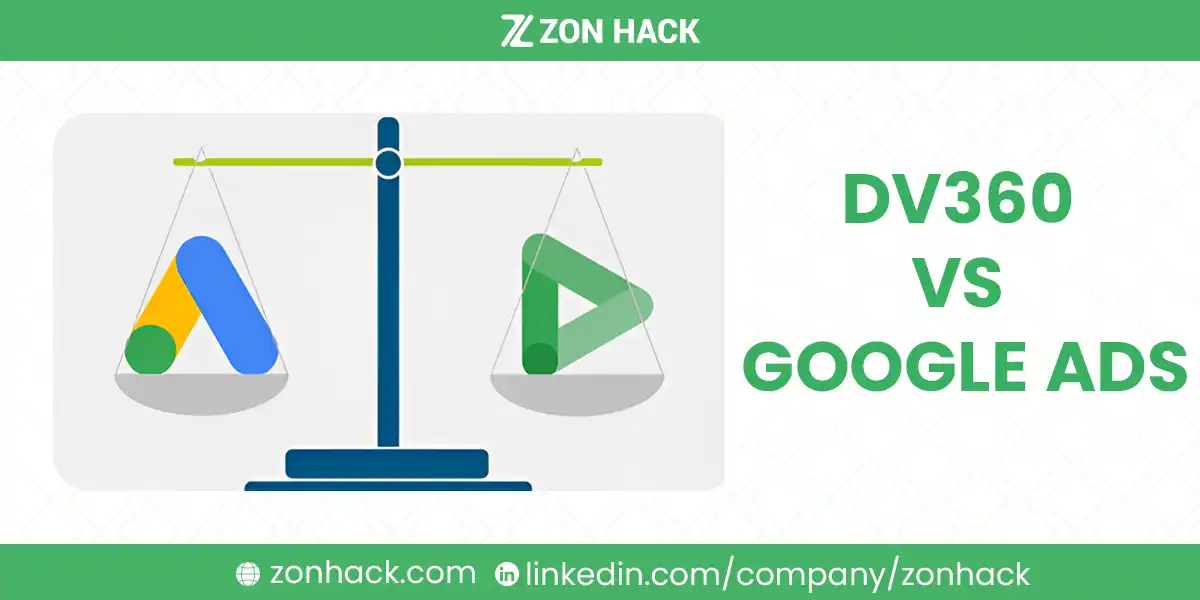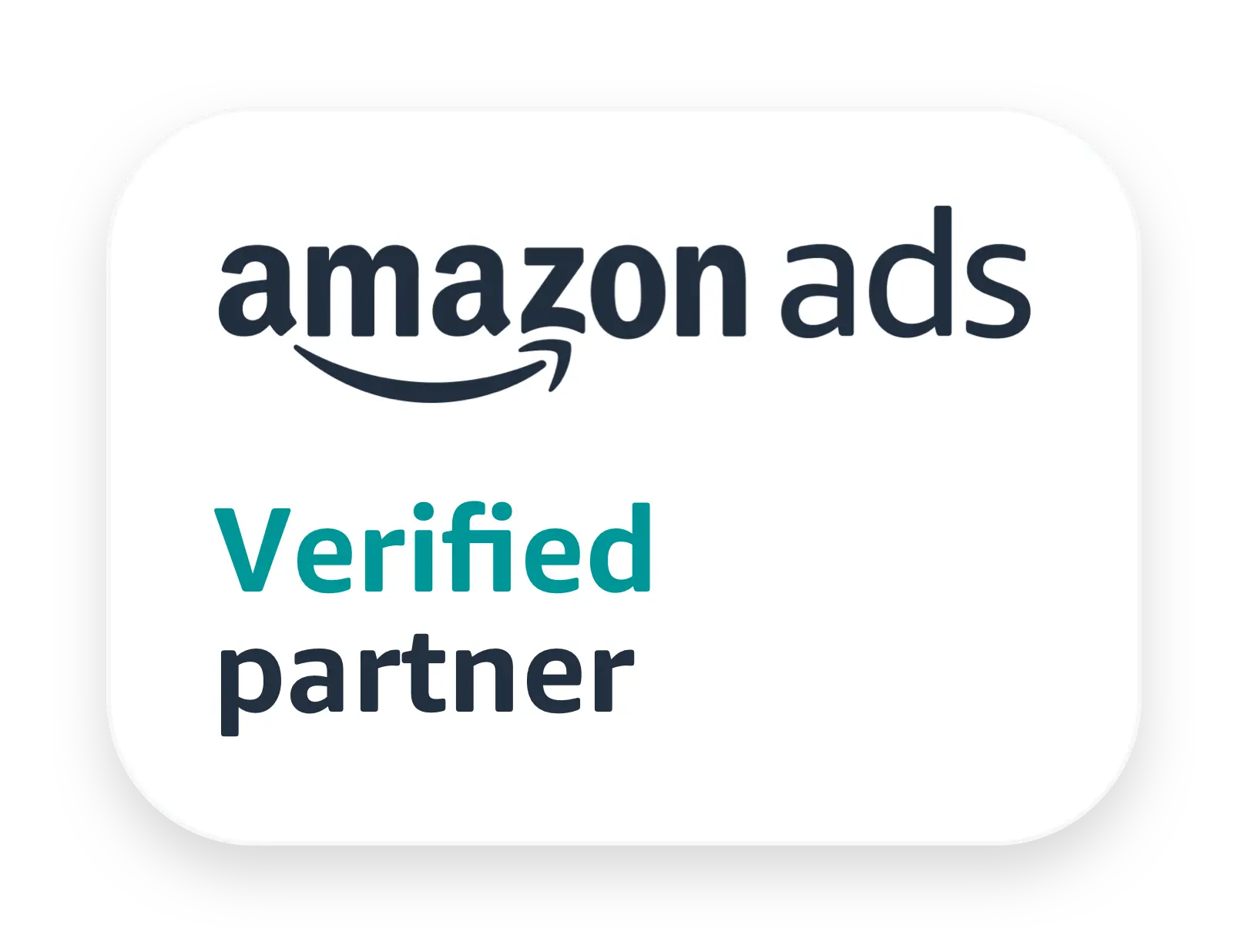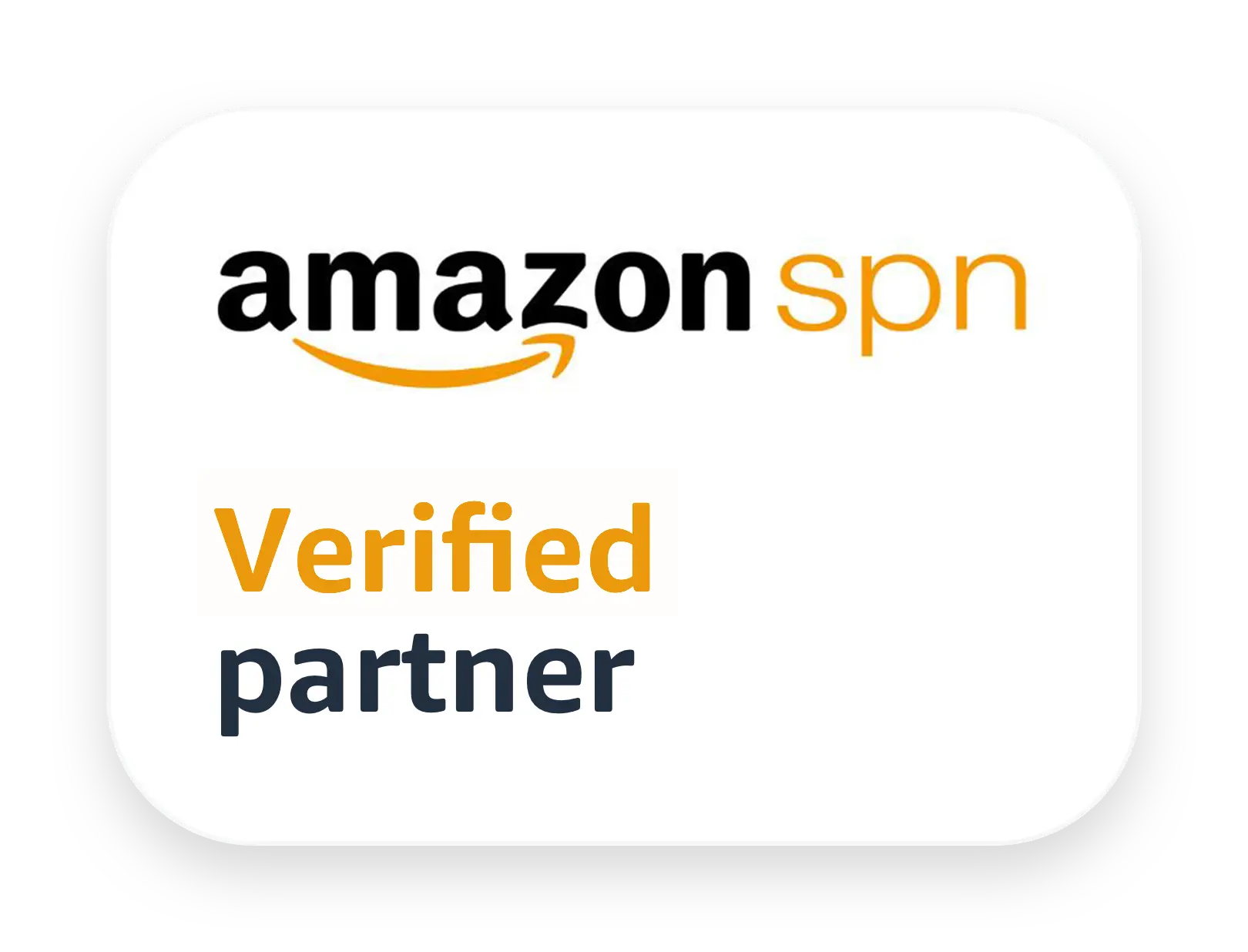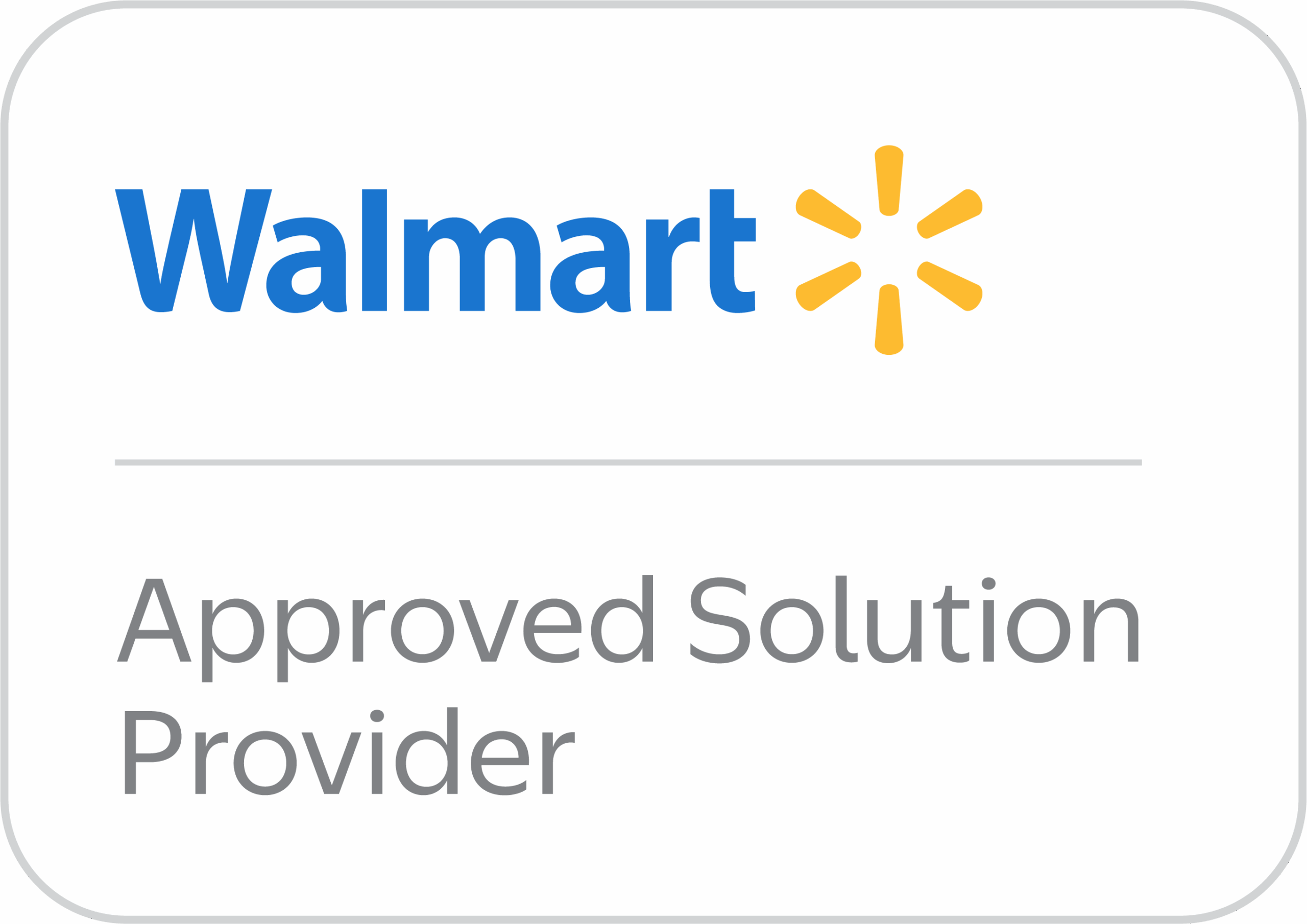If you’re trying to decide between DV360 and Google Ads for your digital advertising, the choice can be confusing. Both platforms offer distinct advantages, but which one aligns best with your business goals and budget? The short answer is: Google Ads is ideal for businesses focusing on search and display advertising with smaller budgets, while DV360 excels for larger enterprises needing advanced targeting, programmatic buying, and comprehensive analytics.
Let’s dive deeper into the differences and which platform might be the best fit for you.
What Is DV360, and How Does It Differ from Google Ads?
Both DV360 (Display & Video 360) and Google Ads are part of the Google Marketing Platform, but they serve different functions. DV360 is a demand-side platform (DSP) designed for programmatic buying, allowing advertisers to purchase inventory from various ad exchanges, private marketplaces, and programmatic deals. It is best suited for complex campaigns requiring detailed targeting and comprehensive analytics. In contrast, Google Ads is mainly used for search and display campaigns within the Google ecosystem, which includes Google Display Network (GDN), YouTube, and Google Search.
The primary difference is their target audience: Google Ads is more user-friendly and caters to businesses of all sizes, while DV360 is targeted toward larger enterprises and agencies managing sophisticated ad campaigns.
How Does Targeting and Reach Compare Between DV360 and Google Ads?
DV360 offers advanced targeting capabilities that far exceed what you can achieve with Google Ads. It includes options such as custom audience segments, geographic targeting by radius, and access to third-party data partners. It allows you to reach users across a broad range of ad exchanges, private marketplaces (PMPs), and even connected TV (CTV) platforms.
In contrast, Google Ads focuses heavily on keyword-based targeting, mainly through search advertising. For display campaigns, advertisers are limited to the Google Display Network (GDN). This makes Google Ads highly effective for businesses focusing on search advertising or simple display campaigns, but not ideal for those looking for more complex targeting or programmatic ad buying.
What Campaign Types Are Supported by DV360 and Google Ads?
DV360 offers a wide range of campaign types, including display, video, app, audio, native, and social ads. It also provides access to programmatic ad buying, allowing advertisers to automate their bids and purchases across different ad exchanges.
On the other hand, Google Ads supports more traditional campaign types like search, display, and video ads. While Google Ads does offer some automation features like Smart Campaigns and automated bidding, it lacks the full programmatic capabilities that DV360 offers.
| Feature | DV360 | Google Ads |
| Campaign Types | Display, Video, App, Audio, Native, Social | Search, Display, Video |
| Programmatic Capabilities | Yes | Limited (Smart Display Campaigns) |
| Ad Inventory Sources | Ad exchanges, PMPs, CTV | Google Display Network (GDN) |
How Do the Measurement and Analytics Capabilities Differ?
DV360 is known for its advanced measurement and analytics tools. It allows for more sophisticated attribution modeling, including view-through conversions and cross-channel attribution. You can also use third-party verification services to ensure your ads are being delivered as intended and to protect against ad fraud.
Google Ads, while offering solid reporting tools for conversion tracking and return on investment (ROI) analysis, is limited when it comes to more advanced features like multi-channel attribution and third-party verification. However, for many businesses, the built-in Google Analytics integration in Google Ads is enough to track performance and make informed decisions.
What Are the Automation and Optimization Differences Between DV360 and Google Ads?
DV360 takes automation to the next level with features like dynamic creative optimization, bid optimization, and pacing controls. These tools allow advertisers to fine-tune their campaigns in real-time and ensure they meet their goals for budget, frequency, and reach.
In comparison, Google Ads offers basic automation features like automated bidding, ad scheduling, and smart campaigns. While these are powerful tools for advertisers with smaller or less complex campaigns, they don’t match the advanced optimization capabilities available in DV360.
What Are the Cost Differences Between DV360 and Google Ads?
When it comes to cost, Google Ads is typically the more affordable option. It uses a pay-per-click (PPC) pricing model, which allows businesses to control their spend based on how many clicks they receive. This makes Google Ads highly accessible to businesses with smaller budgets.
DV360, on the other hand, generally comes with higher costs due to its advanced features and managed service fees. While DV360 offers better reach and targeting, it’s not always cost-effective for smaller businesses. Larger enterprises, however, may find the investment worth it due to the platform’s robust targeting and reporting capabilities.
| Feature | DV360 | Google Ads |
| Pricing Model | Variable (Managed service fees) | Pay-per-click (PPC) |
| Typical Costs | Higher (complex campaigns) | Lower (suitable for small budgets) |
| Campaign Setup Time | Longer, requires expertise | Quick setup, easy to manage |
What Are the Use Cases for DV360 and Google Ads?
DV360 is best suited for large enterprises with complex advertising needs. It’s also ideal for agencies managing programmatic campaigns for multiple clients or businesses that need precise targeting, advanced analytics, and access to private marketplaces.
Meanwhile, Google Ads is a great fit for businesses of all sizes, particularly those focused on search advertising or display campaigns within the Google ecosystem. It’s also a good choice for beginners or advertisers with smaller budgets who want a more straightforward platform.
How Do You Choose the Right Platform?
When choosing between DV360 and Google Ads, you need to consider your advertising goals, budget, and campaign complexity. If you’re looking to run simple search or display campaigns with a modest budget, Google Ads is the better option. However, if you need advanced targeting, cross-channel attribution, or access to premium ad inventory, DV360 will offer the tools you need.
Additionally, you should evaluate the level of expertise within your team. Managing a DV360 campaign requires more experience and technical know-how, while Google Ads is much more user-friendly.
Can You Integrate DV360 and Google Ads with Other Marketing Tools?
Both DV360 and Google Ads integrate seamlessly with other Google Marketing Platform (GMP) tools like Google Analytics and Campaign Manager. This allows you to create a unified marketing stack and track performance across all channels. While both platforms offer scalability, DV360 is designed to handle large-scale campaigns more efficiently than Google Ads.
FAQs
Is DV360 better for larger businesses?
Yes, DV360 is typically a better choice for large enterprises or agencies that need access to programmatic buying and advanced targeting features.
Can small businesses use DV360?
While it’s possible, DV360 is generally not cost-effective for small businesses due to its higher costs and complexity.
Is Google Ads easier to use than DV360?
Yes, Google Ads is more user-friendly and suitable for businesses of all sizes, particularly those with smaller budgets or simpler campaigns.
Which platform offers better analytics?
DV360 provides more advanced analytics and attribution models, while Google Ads offers more basic reporting that’s sufficient for most smaller campaigns.
Verdict: Which Platform Should You Choose?
Ultimately, the decision between DV360 and Google Ads comes down to your business’s needs, goals, and resources. Google Ads is a powerful, cost-effective tool for smaller campaigns, while DV360 is the go-to platform for larger enterprises with complex ad strategies that require advanced targeting, programmatic buying, and detailed analytics. Consider your campaign complexity, budget, and team’s expertise before making your choice.




